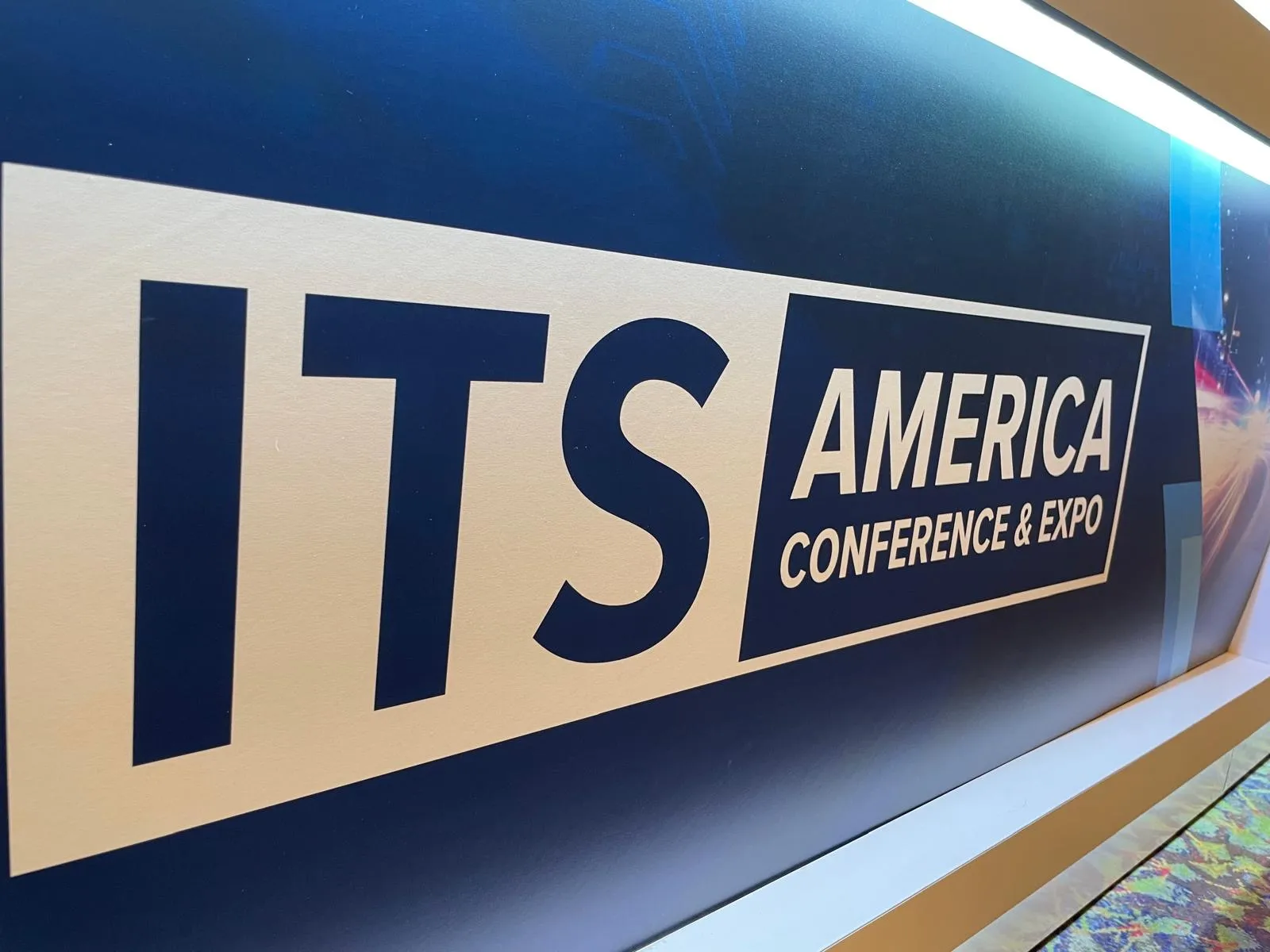Tapco (Traffic and Parking Control Co) has launched the SafeWalk Crosswalk Illuminator in a bid to increase nighttime visibility at pedestrian crossings.
By Ben Spencer
February 17, 2020
Read time: 1 min

Morgan Marks, Tapco's director of marketing, says the illuminator uses a “flood light on the approach area of the crosswalk and a beam light on the middle — making pedestrians clearly visible and hard to ignore.”
Tapco says the Crosswalk Illuminator activates concurrently with LED-enhanced warning alerts, fits on most intelligent warning system poles and comes with a rugged enclosure to withstand hard weather.
The solution is expected to work in tandem with Tapco’s pedestrian solutions like the Rectangular Rapid-Flashing Beacons, BlinkerSigns and BlinkerBeacons.










